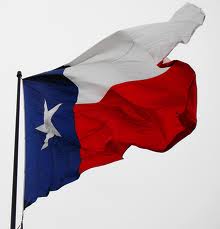Christian Chords: How To Learn New Chords
The guitar chord diagrams are essential for all guitarists of all levels to learn to play new and exciting chords. Learning new chords with chord diagrams is not only simple and direct, but also helps to visualize the forms of the guitar string. You can use these techniques to improve. What is a chord diagram? A chord diagram is essentially a square / rectangular-shaped grid of 6 vertical lines correspond to the six strings of a guitar and a series of horizontal lines representing the frets on the neck. More specifically, the lower left vertical line is the E or 6th string and the highest vertical line is the 1st E string or the guitar. The rest of the lines obviously correspond to the media networks. The horizontal line above corresponding to the nut of the guitar, while there after the lines correspond to the 1st fret, 2nd fret, 3rd fret, etc.
There are usually May 4 horizontal lines, but sometimes can see, if the chord is exceptionally large and requires that the left hand is extended. Thus a chord diagram is essentially just a graphical representation of the guitar. How to read a chord diagram? By adding dots and other marks on the empty grid, we have information on where to place fingers on the strings. For example, as already discussed the left most vertical line on the E or 6th string, adding a point between the 1st and 2nd horizontal lines (representing the nut and 1st fret) in this chain, indicates where our finger between the nut and 1st fret on the Low E string, or more easily described as the reproduction of the 1st fret. If we move from the point that the 2nd and 3rd horizontal line, then you could play the 2nd fret of the 6th string. As the chords used / has more than one note, we can add more than one point at a time in the chord diagram. But for every point in the diagram information you should be able to read and play any chord diagram that are found. Not only the chord diagrams are easy to read but also give you the ability to learn new chords on your own, without a teacher. Implement this guide and create some new ones.


Comments